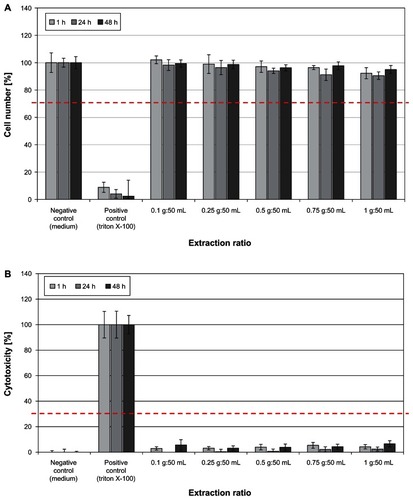Figures & data
Figure 1 Benevit Zink+ clothing contains 74% Lyocell fiber, 19% SmartCell sensitive fiber (comprised of ZnO), and 7% spandex.
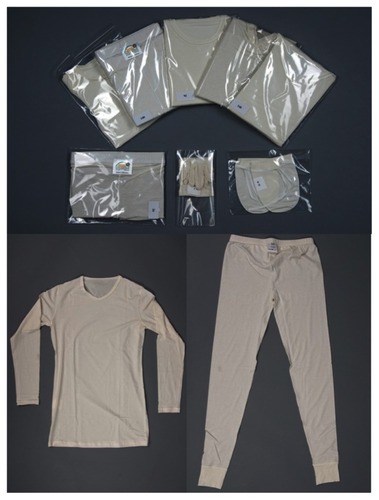
Table 1 Summary of the results of the in vivo pilot study
Figure 2 Clinical improvement of nummular atopic dermatitis with adjuvant ZnO textile overnight (A) before and (B) after 4 days.
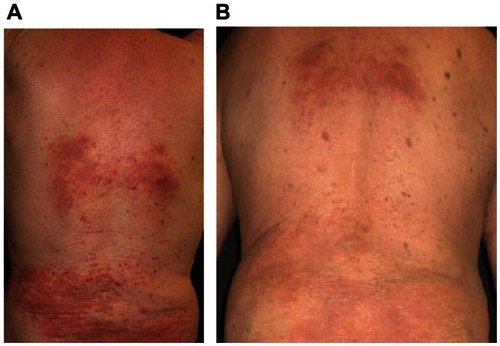
Figure 3 Clinical improvement of disseminated atopic dermatitis with adjuvant ZnO textile overnight (A) before and (B) after 4 days.
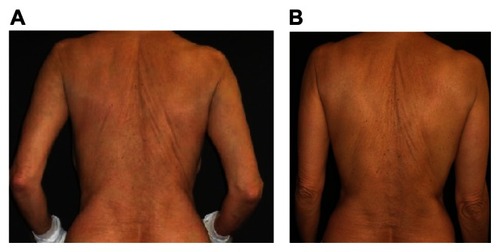
Figure 4 A high antioxidative capacity was determined for the ZnO-textile.
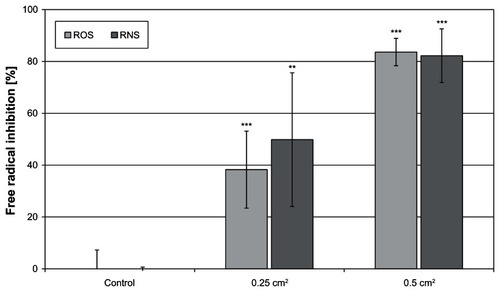
Figure 5 The ZnO textile possesses a strong antibacterial effect (log reduction > 3) against both Staphylococcus aureus and Klebsiella pneumoniae.
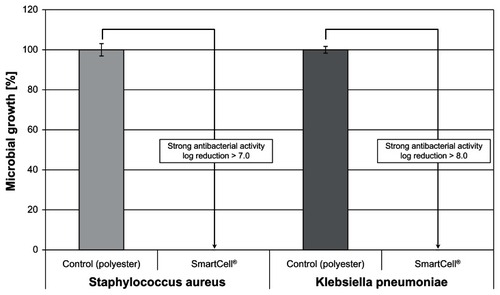
Figure 6 (A) Determination of HaCaT keratinocyte cell viability and cell proliferation after 1, 24, and 48 hours of incubation with ZnO-textile extract. No negative effect on the cells was observed in vitro. At no time point or extraction ratio tested did cell numbers drop below the 70% threshold (red dotted line). (B) A significant release of lactate dehydrogenase was observed only for the positive control Triton X-100.
